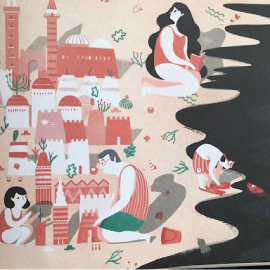Using Quality Texts to Inspire Reading and Writing in Y6
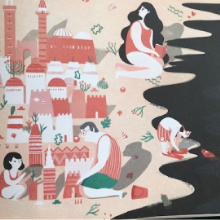
Although structuring English lessons through books is not a new concept in teaching, in the upper years of Primary School it can sometimes be a challenge for teachers to find texts that are engaging, challenging and content appropriate for children of this age.
In the last academic year, Katie Marlor (Year 6 teacher) and Jo Williams (KS2 English lead) attended a bi-weekly course delivered by the Centre for Primary Literacy in Education, a UK-based independent charity which strives to raise standards of literacy education. Their aims matched with our goals; to put high-quality literature at the heart of Y6 English lessons to raise engagement and attainment.
Since then, recommendations, techniques and approaches from the course have been incorporated into Year 6 English lessons.
In the first part of the Autumn Term, Year 6 children’s English lessons were centred around ‘Friend or Foe’, written by the former children’s laureate Michael Morpurgo. The book is set during World War Two and centres around two evacuees from London and their discovery of two German airmen who need their help. This gave us an opportunity to incorporate drama techniques (with the help of Mrs. Weiner) such as hot-seating and ‘conscience alley’ to actively explore the text; giving the children opportunities for empathy and to use new vocabulary in context. This then inspired the children to write a balanced argument about a dilemma in the story.
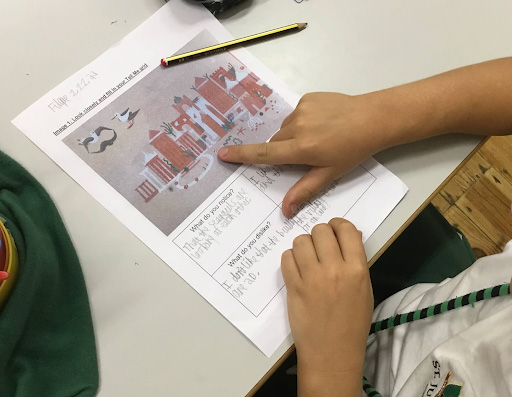
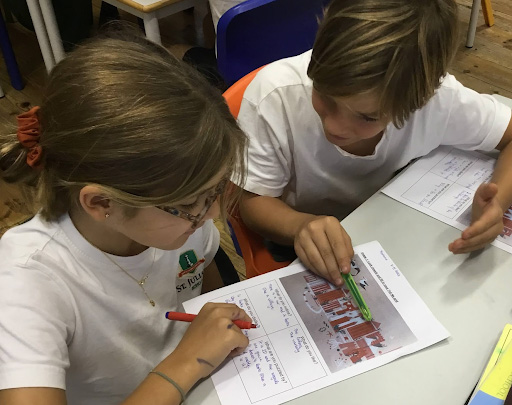
The CLPE also advocates the use of picture books in Year 6. Traditionally, picture books are aimed at children who are first learning to read, not the competent decoders and comprehenders that we have in Year 6. However, picture books still have huge value in the upper primary years, provided that they are appropriate for older readers. Picture books allow the visual and written words to be interwoven; enhancing meaning and stimulating discussion.
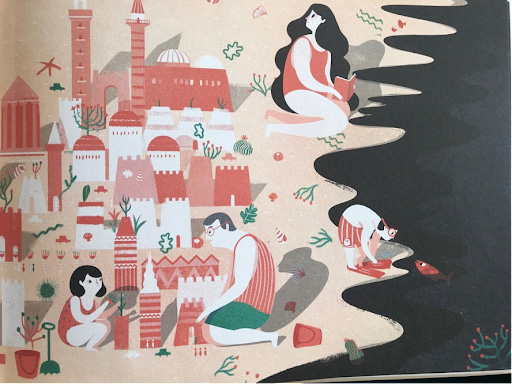 This half term, Year 6 will be reading ‘The Journey’ by Francesca Sanna; a story about how a modern-day war affects a family and the dangerous journey they must take to find sanctuary. The rich illustrations have already given children much to think about and discuss, as they give more meaning than written words. Our objective is to use the pictures in the book to develop children’s inferential skills and empathy for the family in the narrative, especially the mother. This goes hand in hand with our creative writing focus for this half term: emotive language. We will use what we have discussed and inferred from the pictures to write letters in role and use the empathy and language discussed in the pictures.
This half term, Year 6 will be reading ‘The Journey’ by Francesca Sanna; a story about how a modern-day war affects a family and the dangerous journey they must take to find sanctuary. The rich illustrations have already given children much to think about and discuss, as they give more meaning than written words. Our objective is to use the pictures in the book to develop children’s inferential skills and empathy for the family in the narrative, especially the mother. This goes hand in hand with our creative writing focus for this half term: emotive language. We will use what we have discussed and inferred from the pictures to write letters in role and use the empathy and language discussed in the pictures.
We look forward to reading some excellent writing from Year 6 this year, promoted by high-quality literature.
Katie Marlor
Year 6 Teacher
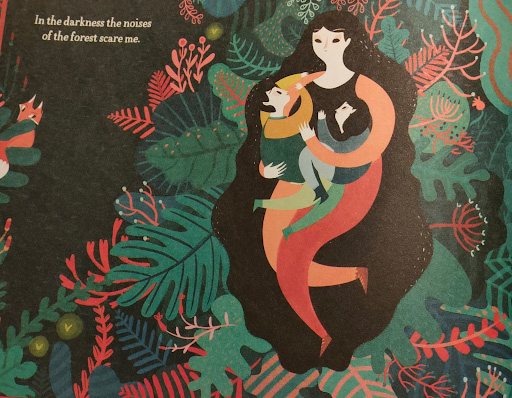



















.png&command_2=resize&height_2=85)






